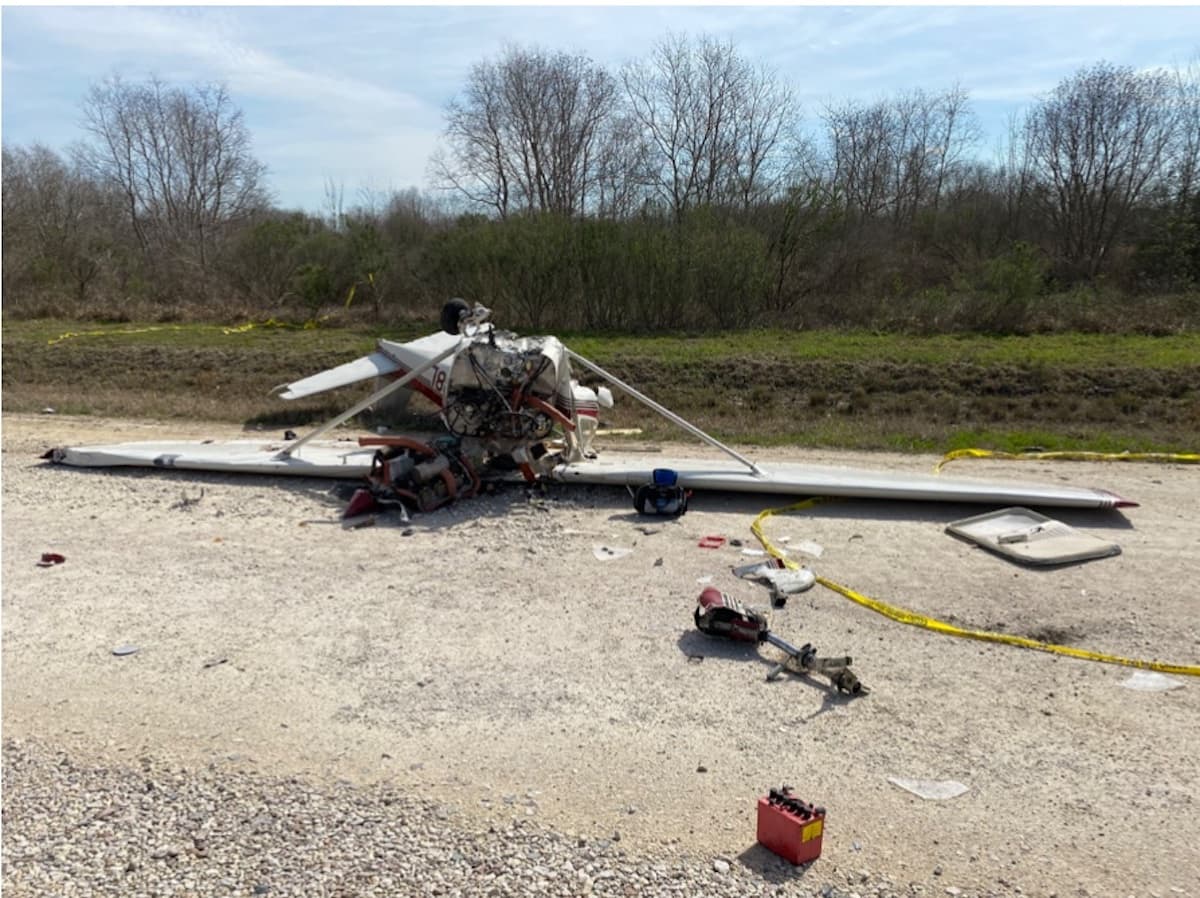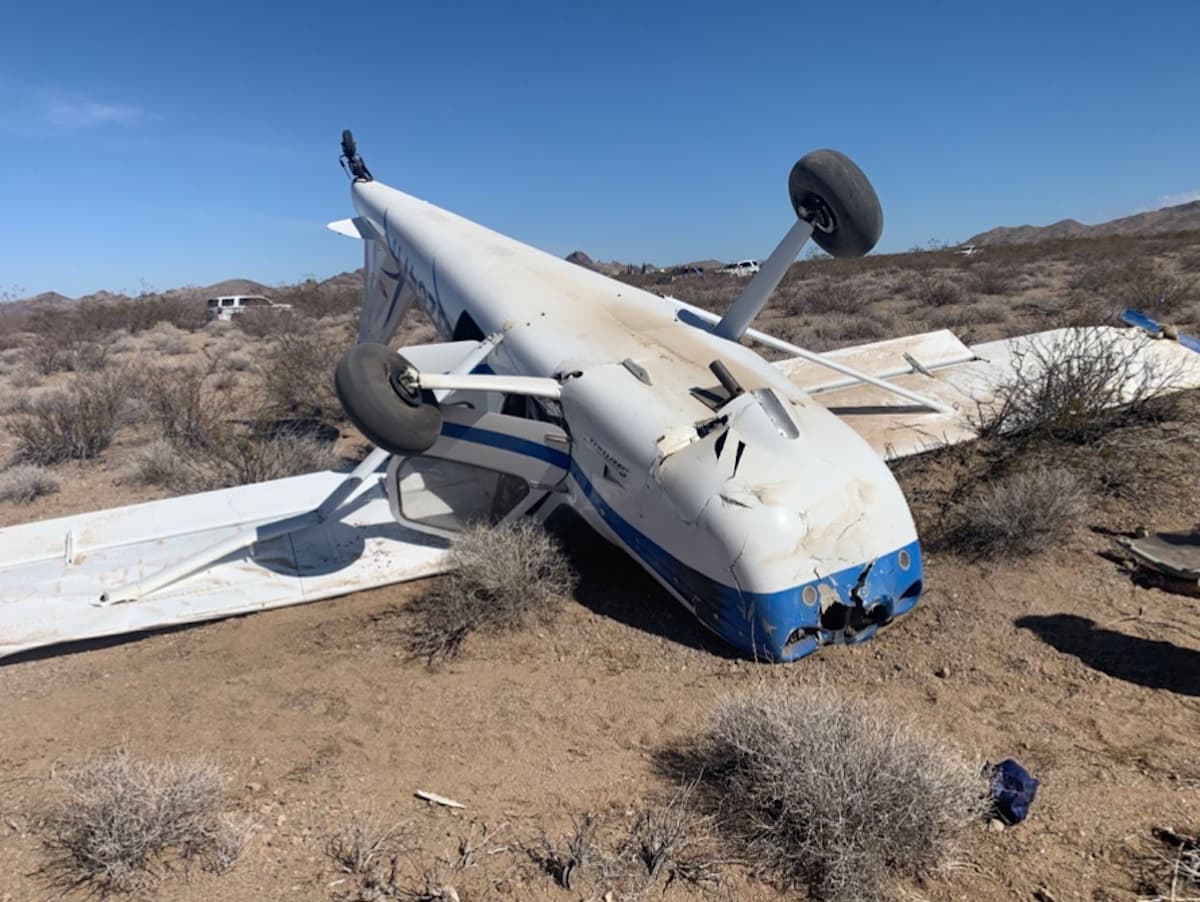What lessons can we learn from a pilot who hits a train while taking off from a grass airstrip?
aviation accidents
Pilot seriously injured when he tries to take off with damaged wing
Probable Cause: The pilot’s improper decision to takeoff with known damage to the wing and his failure to maintain directional control during takeoff on rough terrain.
Night flight in IMC ends in crash
Probable Cause: The pilot’s decision to attempt the night flight under VFR when IMC prevailed resulting in the airplane striking trees while on final approach. Contributing to the accident were the unserviceable runway lights at the destination airport.
Piper crashes after cowling opens after takeoff
Probable Cause: The flight instructor’s failure to maintain altitude while maneuvering to another runway after the engine cowling opened shortly after takeoff. Contributing to the accident was the failure of both the student pilot and flight instructor to conduct an adequate preflight inspection.
Researching spatial disorientation
FAA researchers continue studying spatial disorientation, which account for 10% of all aircraft accidents and caused 782 fatalities between 2003 and 2021.
Pilot crashes while dragging landing site
Probable Cause: The pilot’s failure to maintain airspeed during a drag maneuver, which resulted in an overrun and subsequent impact with terrain.
Water contamination leads to loss of engine power
Probable Cause: Water contamination in the fuel system that was not observed during the preflight inspection, resulting in a total loss of engine power and forced landing.
FAA recommends AOA for all aircraft
AOA systems offer a more reliable indication of an impending stall than airspeed indicators alone.
Pilot’s mismanagement of fuel system proves fatal
Probable Cause: The pilot’s mismanagement of the airplane’s fuel system, which resulted in fuel starvation and a loss of engine power.









